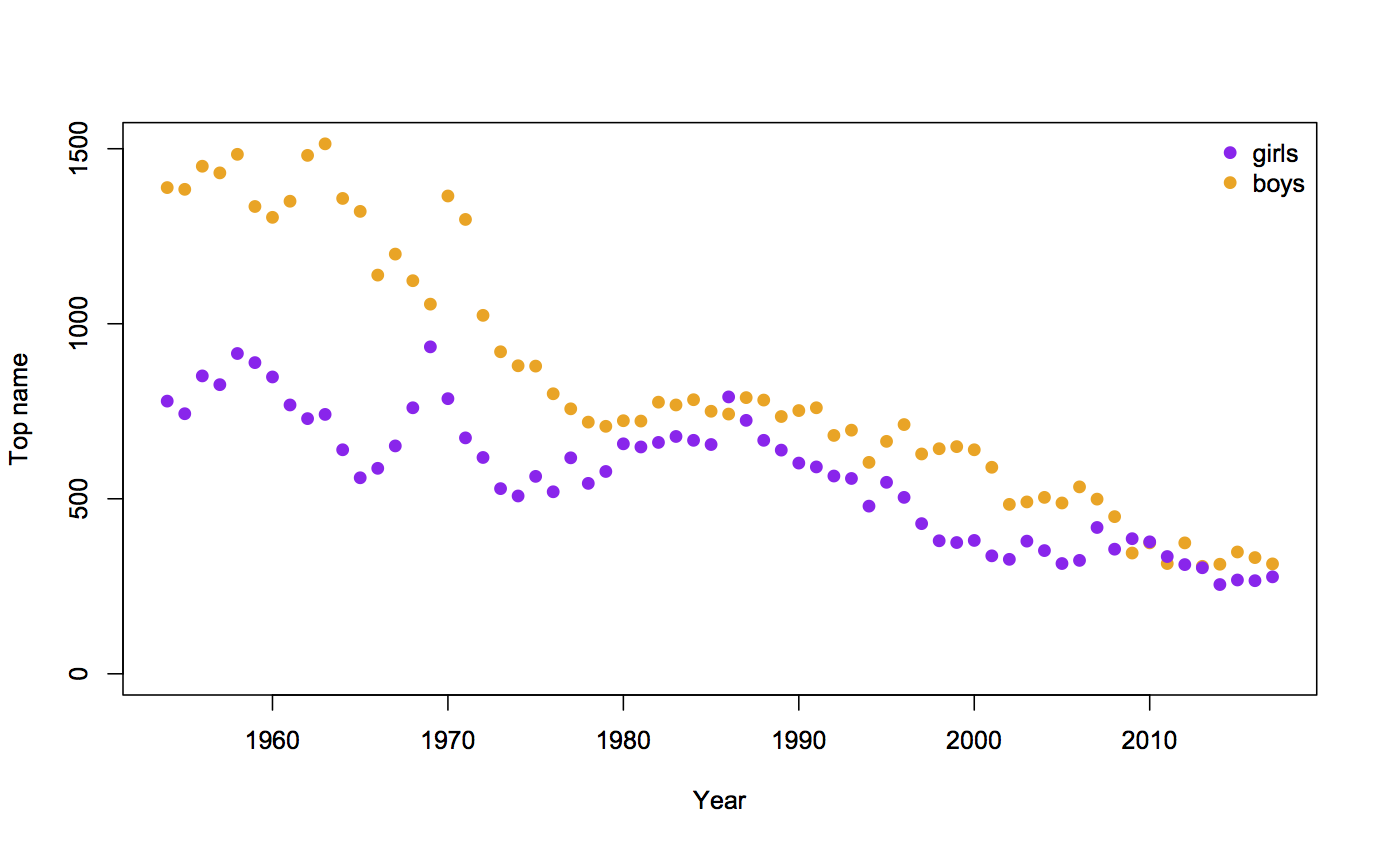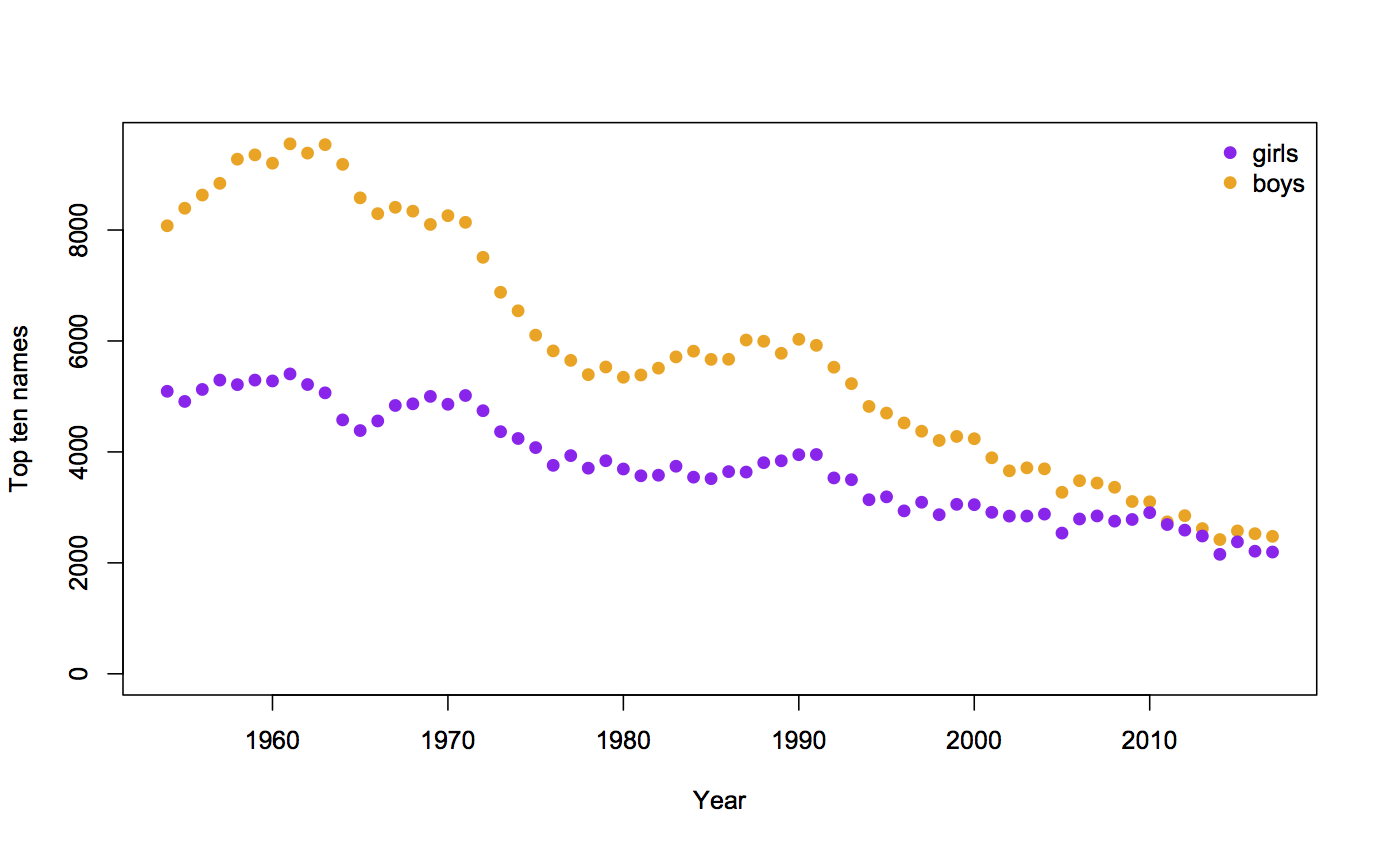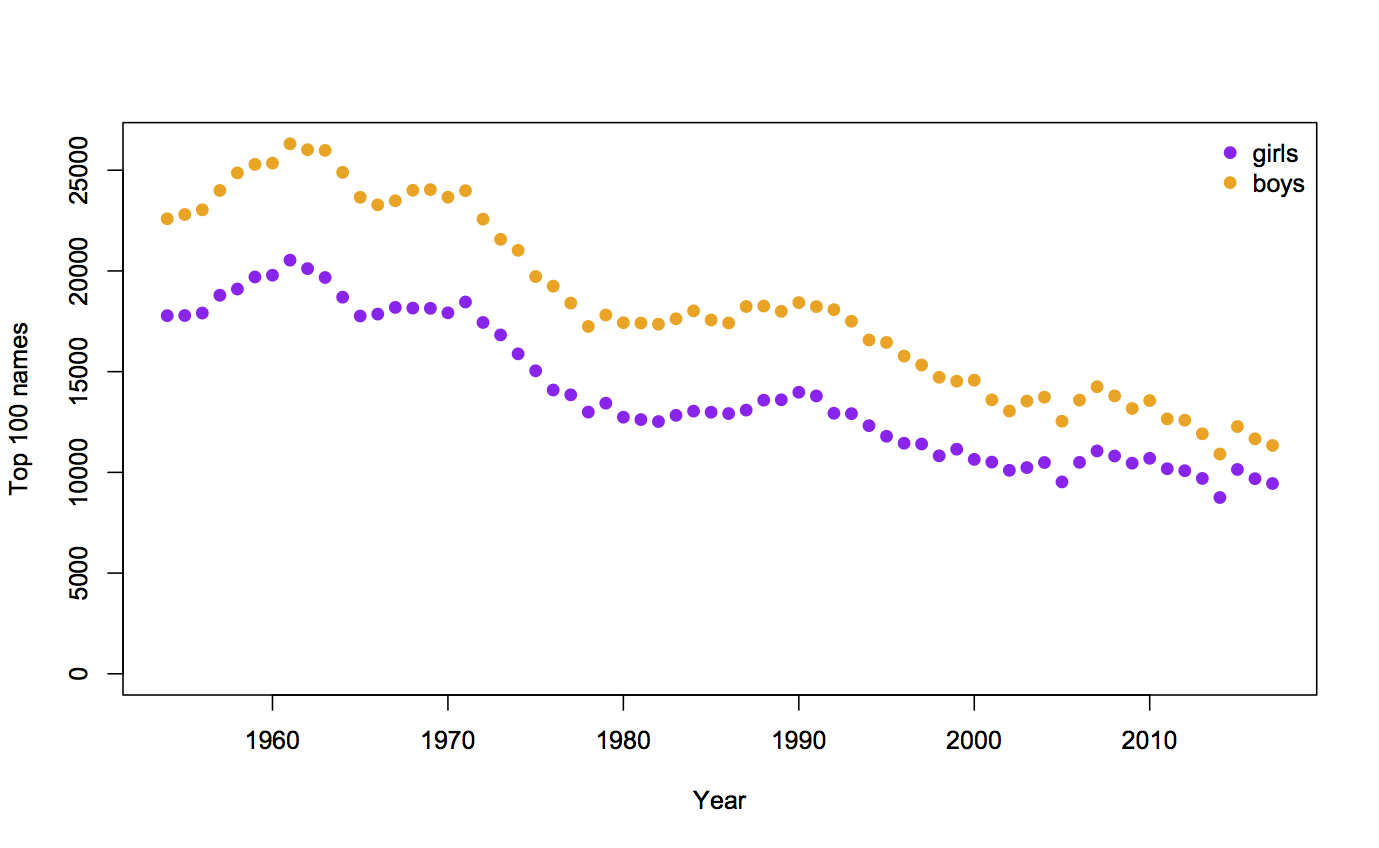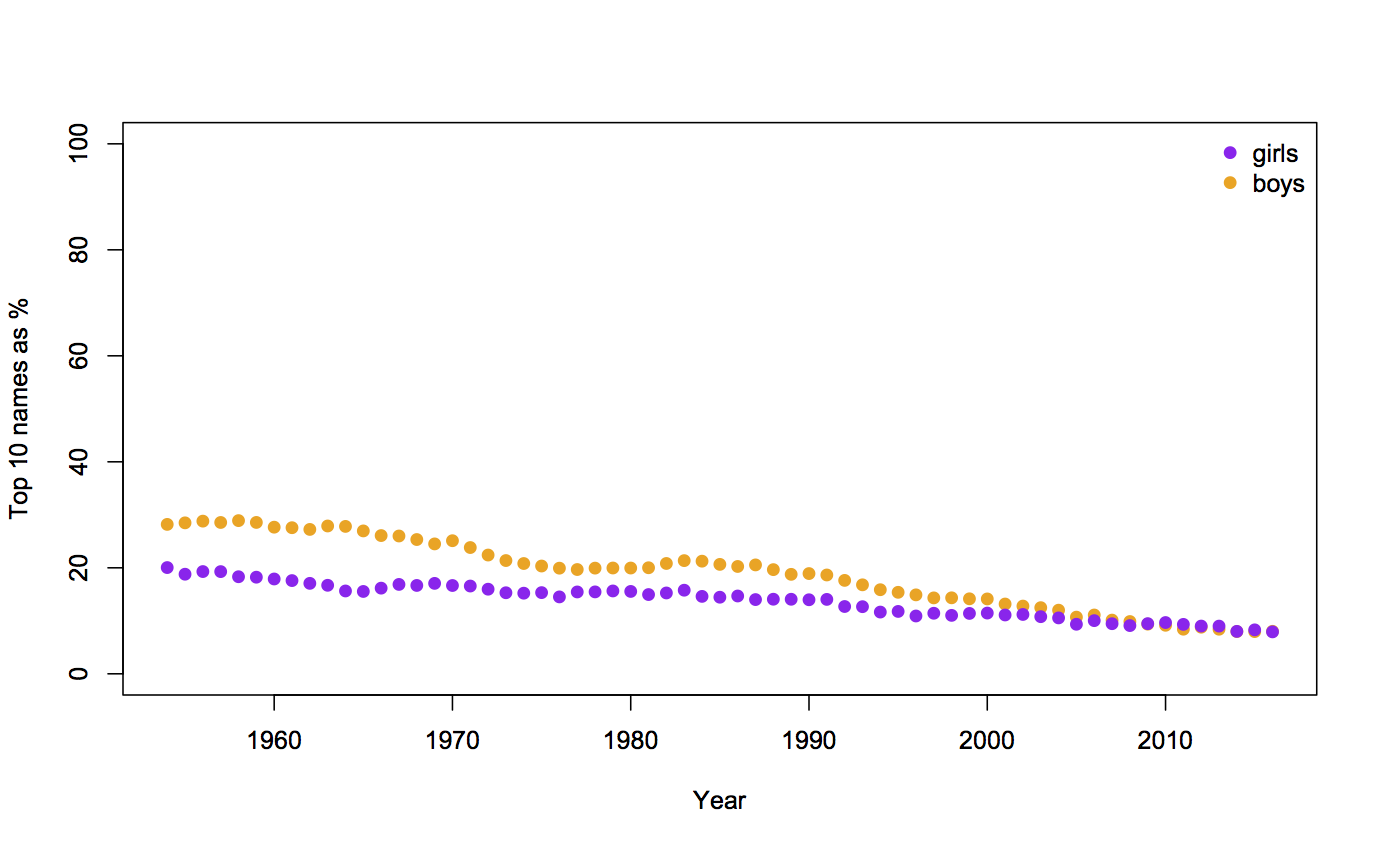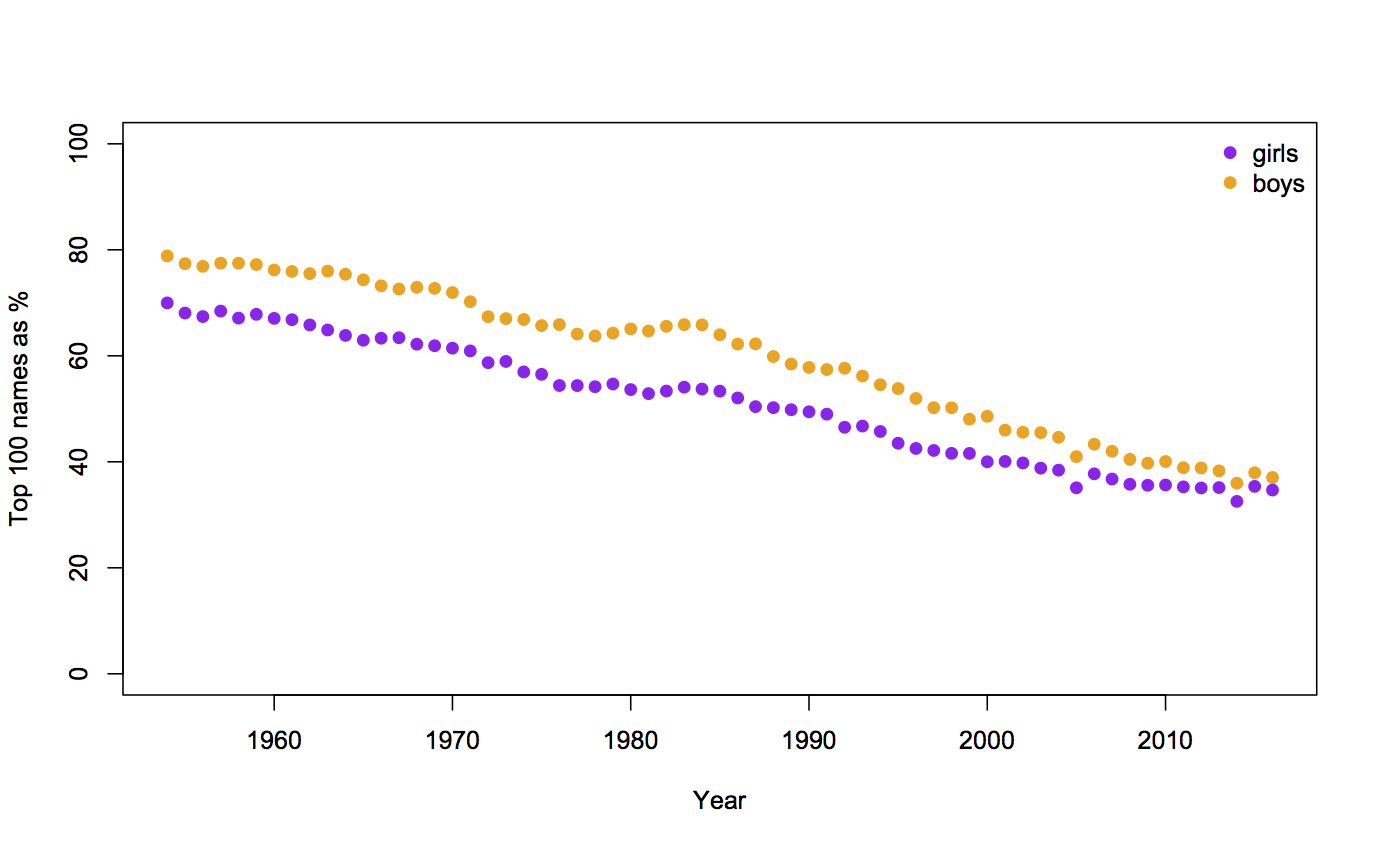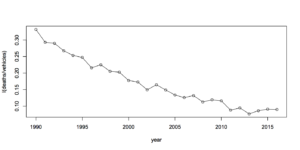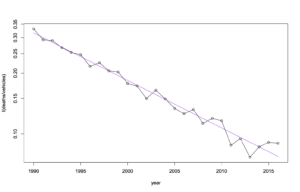Part of the point of mathematical modelling is discarding unimportant features of a problem to make it tractable. But you have to discard the right features. Here are two recent stories about mathematical optimisation.
Jason Steffen has invented a more efficient way of getting passengers on to planes — not just more efficient than what US airlines actually do, but even more efficient than letting passengers board at random. He writes
So, why isn’t this optimum method of airplane boarding being adopted by any carrier in the industry? One significant reason may be the challenge of its implementation — lining passengers up in such a rigid order.
I’d argue that a much more important reason is you’d have to get rid of priority boarding, making frequent flyers queue with everyone else and depriving them of their chance to get the lion’s share of overhead luggage space. A model that doesn’t account for the power of frequent flyers is solving the wrong optimisation problem to get implemented.
The same sort of issue often turns up in US discussions of partisan gerrymandering, where you’ll see mathematicians write about algorithms for perfect electorate design. These don’t solve an existing problem, because they don’t take into account who actually draws districts: it isn’t impartial mathematicians. The main theoretical limitation on gerrymandering in the US is the power of courts to declare a partisan redistricting plan unconstitutional — but they aren’t willing to do so. Justice Scalia wrote in 2004
Eighteen years of judicial effort with virtually nothing to show for it justify us in revisiting the question whether the standard promised by Bandemer exists. As the following discussion reveals, no judicially discernible and manageable standards for adjudicating political gerrymandering claims have emerged. Lacking them, we must conclude that political gerrymandering claims are nonjusticiable and that Bandemer was wrongly decided.
There’s a new effort to change this, from Wisconsin. In 2015, the state was sued in federal District Court over its redistricting plan, and lost. The case focused on the ‘efficiency gap’; the difference in the number of ‘wasted’ votes between the two parties (as a percentage of all votes cast). The Supreme Court has heard an appeal in October this year and is thinking about it.
Patrick Honner wrote about the efficiency-gap proposal for Quanta, but there’s a lot more detail in a 2015 expert-witness report by Simon Jackman (PDF), an Australian political scientist at Stanford.
